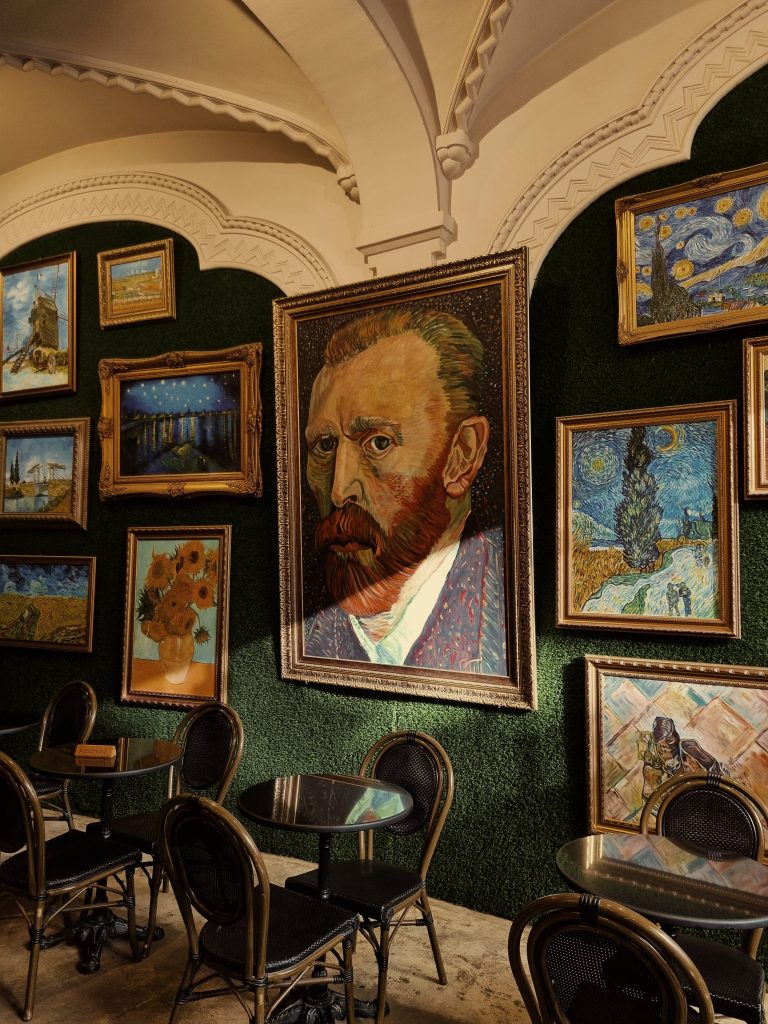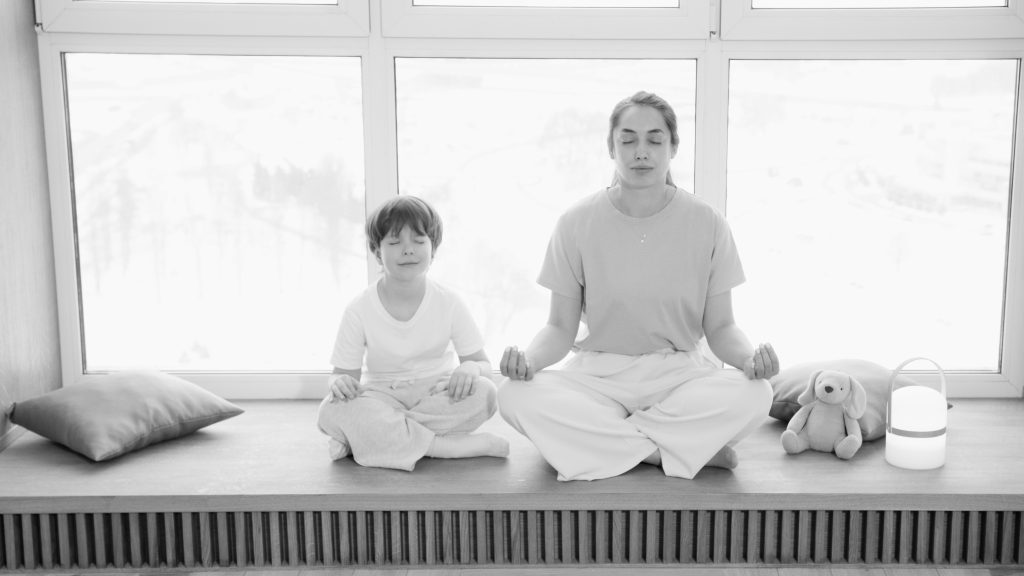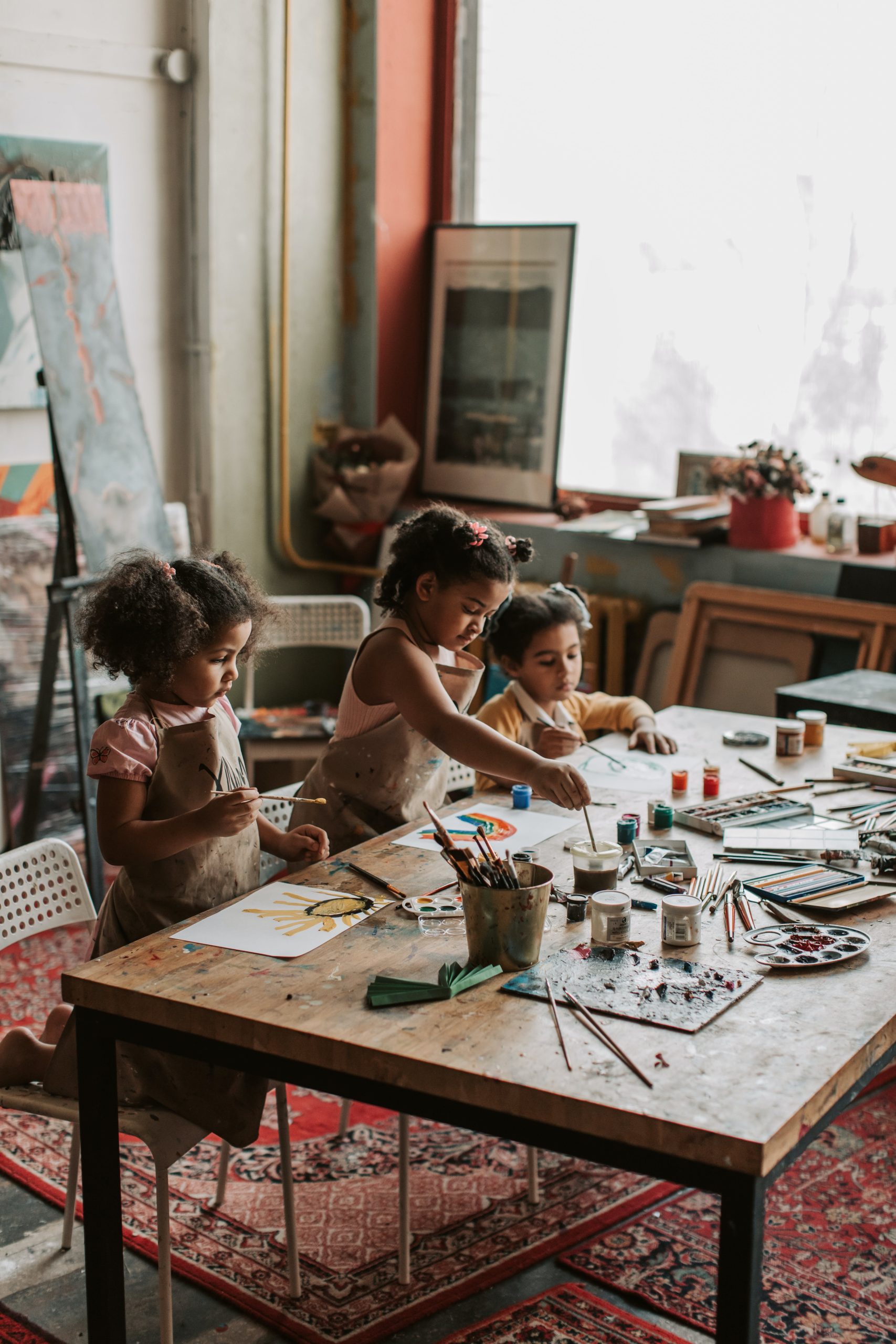Art holds an unparalleled capacity to carry us into spaces of deep self-exploration, navigating a transitional journey that goes beyond the mere admiration of paintings and sculptures. In the words of the well-established American psychologist Abraham Maslow, “What is necessary to change a person is to change his awareness of him self”. This knowledge, shaped by means of artistic pursuits, is central to our investigation.
This thrilling journey digs into the complexities of how art serves as a subtle entrance to our souls, kindling a profound awareness of our inner selves. It goes beyond colors , shapes and aesthetics, revealing layers that connect us to our innate primordial desires, emotions, and needs.
“Art enables us to find ourselves and lose ourselves at the same time.” Thomas Merton
Deep Self-Exploration Through Art
Artists often infuse their works with thoughts, emotions, and personal experiences. When we examine an art work or delve into a novel, we inter the artist’s internal sphere and deep emotional state, thus experiencing reality through their eyes, as a result, scrutinizing our own experiences and feeling.
Art becomes a mirror, reflecting our internal landscape, allowing us to delve deeply into our feelings, concerns, and desires. This immersive experience is vividly illustrated by great renown painters. For instance, Vincent Van Gogh, who gives insights into his flammable emotional condition via emotionally charged paintings such as ‘ Starry Night’. Similarly, Frida Kahlo, whose self-portraits mirror her intimate and deeply-seated struggles and triumphs.

Mirroring Society’s Evolution and Cultural Shifts
Art functions as an accurate and polished mirror that reflects society’s fabric, encompassing the historical context and cultural customs of a given era. Each stroke and each sculpted object conveys the concrete essence of cultural transformation and societal conventions. For example, works from the renaissance period reflect the era’s humanism and intellectual awakenings. in contrast the bright colors and strong strokes of Impressionist paintings reflect the late-nineteenth-century trend towards individual expression.
Contemporary street art, for example, with edgy visuals and social critique, mirrors modern social issues and beliefs. Concrete artistic expression become a medium through which social narratives are expressed and immortalized. thus, art offers a tangible bridge between the artist’s perspective and communal consciousness of a given historical context.
Meditative Qualities Of Art

Making art allows you to express inner inclinations and feelings while also cultivating a sense of awareness and presence in the moment at hand. The repetitive strokes of a brush, or the firm sensation of molding clay transcends into a sort of meditation, allowing people to connect with their inner selves and find peace in the process of creation.
Art has a well-documented therapeutic effect, with research demonstrating its positive contribution to mental well-being, stress reduction, and emotional healing. Art is no longer a mere visual stimulation or internal expression, but above all, a powerful instrument for self-discovery and relaxation, providing a unique and accessible roadway to personal and inner serenity.
Lastly, we cannot overstate the transformative impact of art in guiding us through the delicate shifts of self-exploration. Art acts as a dynamic catalyst as we actively explore the untapped territories of our soul and psyche . Transcending basic aesthetics and visual pleasures to serve as an active representation of societal progress and cultural alteration. Every stroke and sculpture captures the spirit of its time, from the rich fabric of historical masterpieces to the raw signs observed in contemporary street art.







